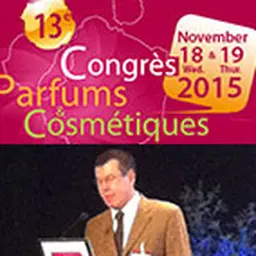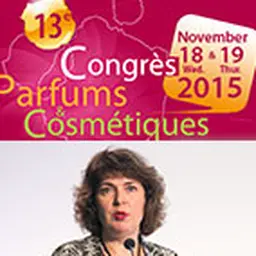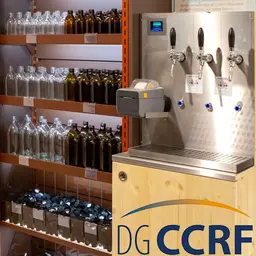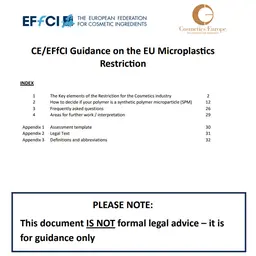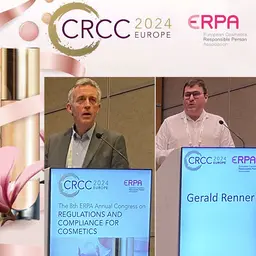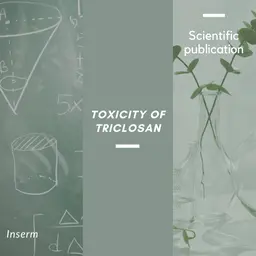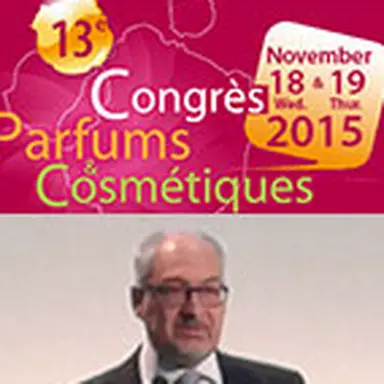
In addition to the Cosmetics Regulation, which is specific to this sector, other more cross-disciplinary regulatory texts are to be taken into account to be sure to be fully compliant with the rules in force. And it is the case of the ‘CLP’ regulation: at the 13th edition of the regulatory congress held last November 18-19 in Chartres, France, Xavier Radisson, L’Oréal’s Regulatory Policy & Defence Director for France, presented its implications for cosmetics.
First, he reminded that ‘CLP’ means Classification, Labelling, Packaging, and that it is a sort of European version of the GHS, the Globally Harmonized System of Classification and Labelling of Chemicals.
A reminder of the obligations
When the CLP Regulation (no. 1272/2008) came into force in 2009, it included several steps for it to be fully implemented.
• December 1, 2010: obligation to define the categories of hazard and classify all the substances manufactured or imported in Europe. It replaced the Hazardous Substances Directive and required to update the SDS (Safety Data Sheets), in particular with the hazard (H) and precautionary (P) statements and new pictograms.
• January 3, 2001: obligation to notify the classification of substances to ECHA (with no tonnage threshold).
‘What should be noted’,
Xavier Radisson commented, ‘
is that everyone did it with the information they had at their disposal, and it led them to define their own classifications, which means they were not harmonized, and could not be used. For example, one substance was classified ten times in ten different categories, so the resulting inventory is not reliable’.
• December 1, 2012: end of the transitional two-year period provided for in the CLP for companies …

